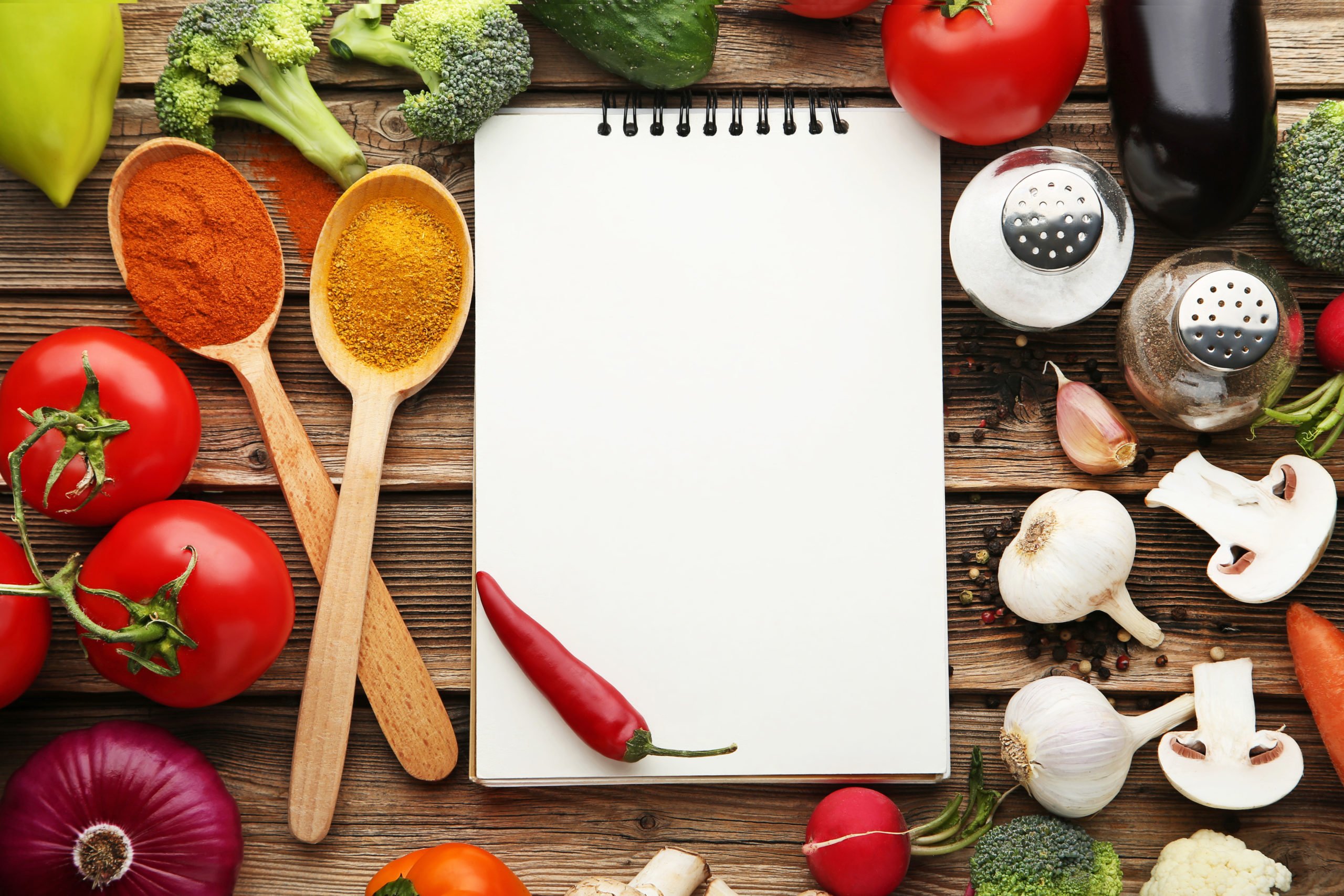Are you planning to start a business? That’s a great idea! Running a business allows you to earn as much as possible at your own pace. All you need to do is attract potential customers and provide excellent experiences. So, what kind of business should you explore?
If you’re still looking for ideas out there, why don’t you consider starting a restaurant business? Having a restaurant opens up opportunities to help you earn income and allows you to explore new things, such as getting orders and serving customers.
Have you decided to enter the restaurant industry? If you do, it’s time to formulate authentic recipes that people will love. However, creating new dishes can be complicated, especially if this is your first time doing it.
Aside from creativity, you must also consider many factors to create a successful recipe that would please the crowd. These include price, yield, popularity, flavor, and more.
If you want to know more about recipe creation, you’re on the right page. This post will teach how to formulate a recipe step by step. If you’re ready to learn, scroll those buttons down and continue reading below.
- Identify What Dishes To Serve
Do you have an idea what kind of dishes you want to serve? If not, then here are some great options you might want to consider:
- Pasta Dishes
Pasta is a type of food that originates in Italy. It’s made using flour, eggs, salt, and water. Americans and other nations often use all-purpose flour, but Italians use a particular type of flour when making pasta (e.g., durum wheat semolina or type ‘00’ flour).
Exceptional pasta dishes are Spaghetti Bolognese, Fettucine Carbonara, Ravioli, Lasagna, Cacio e Pepe, and Spaghetti Aglio e Olio.
- Meat Dishes
Meat dishes are a staple when it comes to restaurant businesses. These include dishes made with poultry, beef, pork, lamb, or veal. You may visit gpprimemeats.com or similar sites for amazing meat-based recipes and cooking tips.
Include these popular meat dishes on your menu: steaks, fried chicken, meatloaf, stews, and braises.
- Desserts
Do you have a sweet tooth? You’ll probably love to include cakes and other sweet treats on your menu if you do. Sweets are a great addition because many customers prefer to eat something sweet after a course of savory dishes.
Famous cakes and sweet treats include ice creams, New York Cheesecake, classic chocolate cake, brownies, and éclairs.
Here are other food categories you might want to include:
- Rice dishes (e.g., rice pilaf, paella, and risotto)
- Salads (e.g., Caesar’s salad and chicken salad Veronique)
- Vegetable dishes (e.g., succotash, green beans and broccoli stir-fry, potato casserole)
- Soups (e.g., gazpacho, laksa, lobster bisque, clam chowder, and wonton soup)
- Research Cooking Methods
When you create a recipe, you must familiarize yourself with different cooking methods, including which equipment to use and how long to cook. Using the wrong technique can affect a particular dish’s overall flavor and appearance.
For example, suppose a recipe asks you to broil a slab of prime rib at 500F (260C) for eight minutes. However, you roasted it for 20 minutes at 350F instead. The resulting flavor might be lacking in terms of caramelization and roasting notes.
Here are the common cooking techniques to consider when formulating a recipe:
- Broiling: This is cooking food under direct heat for a short period. It can be done using the broiling settings of your oven. Broiling includes melting cheese toppings, caramelizing sugar crystals, and browning meat surfaces.
- Roasting: This is similar to broiling but uses a lower temperature to cook food without burning its surfaces. Popular roasted dishes include slow-roasted leg of lamb, roasted turkey, and herb-roasted chicken.
- Searing: This is a quick-cooking method often performed before roasting. It aims to brown the surface of the meat to add complex flavor and color. And no, it doesn’t seal in meat juices. Sear meat until they brown nicely.
- Stewing: This is cooking food in a pot with a liquid (e.g., stocks) at a low temperature for an extended period. It can help tenderize tough cuts of meats like brisket, chuck, shank, and round. Examples of stew are beef bourguignon and Osso Buco.
- Pan-Frying: This is cooking breaded or coated food in a skillet with a little bit of fat. Examples of pan-fried dishes include chicken parmigiana, chicken fried steak, and breaded porkchops.
- Grilling: This is cooking food over the flame using a grill (or a grill pan for convenience). Examples of grilled dishes include burgers, steaks, vegetables (e.g., asparagus), hotdogs, and fish fillets (e.g., salmon slabs).
You may also combine multiple cooking techniques, depending on the recipe you want to create. For example, if you want to make the classic beef bourguignon, you may sear or roast the meat in the oven before adding it to the simmering sauce and finishing it in the oven.
- Avoid Worst Food Combinations
Some food choices may not go well with each other. In fact, other worst food combinations can affect your health and cause digestive problems.
For example, offering acidic ingredients (e.g., lemons, lime, and oranges) and milk may cause heartburn or acid reflux.
Here are some food combinations you should avoid:
- Beans with dairy, fruits, fish, or meat
- Eggs with fruits, fish, or dairy
- Grains with tapioca or fruits
- Honey with ghee
- Hot beverages with cheese, fish, or yogurt
- Lemon with milk, cucumber, or tomato
- Melons with dairy, eggs, fried dishes, or grains
- Milk with bananas, cherries, sour fruits, yeast-leavened bread, or yogurt
Follow these simple tips to keep your customer’s health in good condition.
- Be Inspired
Searching for inspiration doesn’t mean copying someone else’s recipe. It’s about modifying a recipe until it achieves the taste and aroma you want. However, remember that altering a recipe doesn’t make it authentic.
Here are some places to find inspiration:
- Social media (e.g., YouTube channels)
- TV shows (e.g., Barefoot Contessa, MasterChef, etc.)
- Cookbooks and magazines (e.g., Food Network Magazine, Cook’s Illustrated, etc.)
- Food blogs
- Restaurant and cafés
- Local markets
These will help create a recipe your customers will surely love.
- Create A List
List down all the ideas that come to your mind so you won’t forget them later. You can also take screenshots if an idea involves images and plenty of text.
Here are other ways to keep your recipe ideas organized:
- Install a recipe organizer app on your desktop or mobile device.
- Use your Notes app. This is a great tool because you don’t need an internet connection to create and access notes.
- Write in a notebook.
If an idea is found on social media sites, such as Facebook, Instagram, or Twitter, you may save a particular post for future reference. It’s better to consolidate all your ideas in one place so you won’t have to open so many apps at once.
- Consider The Shape And Color Of Your Recipe
External elements of a restaurant, such as tableware and cutlery, can influence how people perceive your dish. Make sure all your table décor complements the dish you’re planning to create.
For example, serving prime rib roast may not look enticing if paired with bright table napkins, plates, and linen.
Therefore, if you want your food to be as successful as possible, consider the environment where your dish will be served, not just its final taste and aroma.
- Create The Recipe
Once you’ve compiled all the ideas you need, it’s time to organize them into a recipe.
First, start by naming your recipe. You want to ensure that the recipe’s name grabs your target customers’ attention. That’s why you must be careful when naming a dish, especially if it’s a dish you created from scratch.
So, how should you name a recipe? Here are some helpful tips to keep in mind:
- Include the main ingredient of the dish and how it’s cooked (e.g., Prime Rib Roast, Roasted Turkey, and Pan-seared All-American Burgers).
- Translate the dish’s name into different languages and choose whatever sounds good to your ears (e.g., Potato Gratin and Quattro Formaggio Pizza).
- Include geographical names if possible (e.g., Szechuan-style Pork, Italian Cheese Pizza, Korean-style Fried Chicken).
You can also use your personal name if the dish you’re trying to create has no similarity to other dishes (e.g., Cobb Salad from its creator Robert Cobb).
Once you’ve named your recipe, it’s time to organize the list of ingredients. When organizing your ingredients, it’d be better to use the metric system of measurement than the imperial system because of its accuracy during food costing.
The metric system includes grams, kilograms, and liters. On the other hand, the imperial system includes cups, tablespoons, teaspoons, gallons, etc.
- Test Your Recipe
Once you’ve created the recipe, it’s time to test it. Cook the dish based on what’s included in the recipe. If you wish to make changes while cooking the dish, make sure to take notes whenever you make changes to have an idea of what to adjust later.
When you test your recipe, don’t rely on your own tastebuds alone. Ask your family, friends, or other restaurant employees and take note of their feedback. This will help you create a perfect dish people will surely enjoy.
Final Words
Creating a recipe is fun and exciting, especially when you get to taste different dishes from time to time. However, the process can be overwhelming when you need help figuring out where to start. This step-by-step guide is all you need to formulate a recipe that can make your grandmother proud. Keep all the tips and mind and use them as much as possible.



